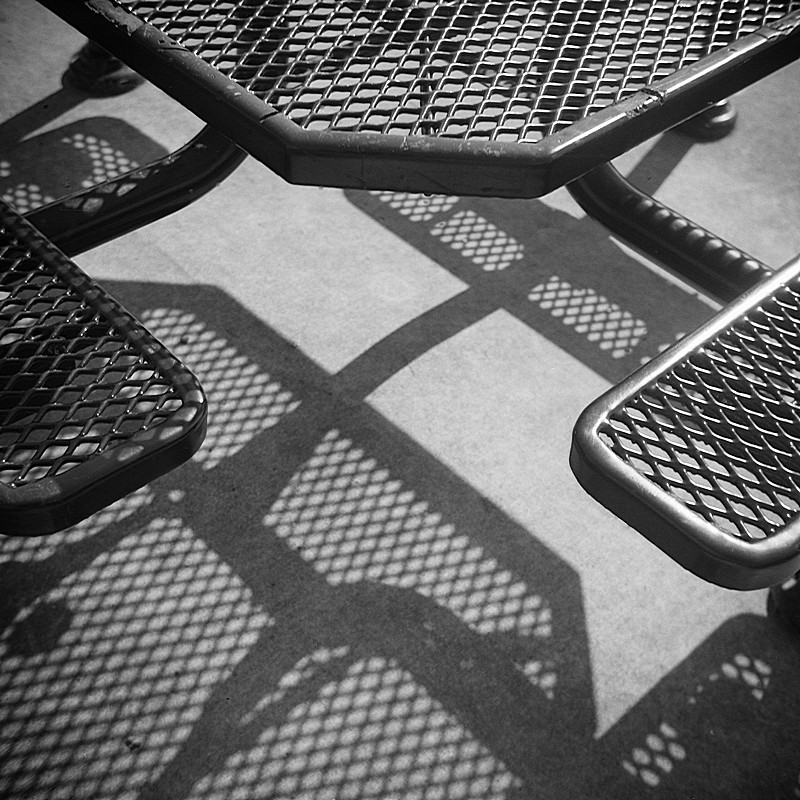Dan is correct about single-coating and multi-coating and when they were generally introduced (became commonly available at retail): just after WW II for single-coating, late 1970s for multi-coating.
It is possible that there exist single-coated lenses that impart a yellow tint to photographs, but it is not a general property of single-coated lenses. Many people took color photos with such lenses (eg all professional color photography in the 50s and 60s, lots of people using SLR lenses made in the 60s and early 70s).
If you have an older single-coated lens that appears colored in transmission such as yellow or brownish and tints the photos, one thing to look for is radiation damage from thoriated glass. This isn't that common, but it does happen, and should be possible to clear up by exposing the glass to UV light (sunlight should work).
Multicoating certainly has benefits in reducing flare and scattered light, especially in lenses with many air-glass interfaces. What multicoating really enabled, was the design and use of complex zoom lenses.
It is possible that there exist single-coated lenses that impart a yellow tint to photographs, but it is not a general property of single-coated lenses. Many people took color photos with such lenses (eg all professional color photography in the 50s and 60s, lots of people using SLR lenses made in the 60s and early 70s).
If you have an older single-coated lens that appears colored in transmission such as yellow or brownish and tints the photos, one thing to look for is radiation damage from thoriated glass. This isn't that common, but it does happen, and should be possible to clear up by exposing the glass to UV light (sunlight should work).
Multicoating certainly has benefits in reducing flare and scattered light, especially in lenses with many air-glass interfaces. What multicoating really enabled, was the design and use of complex zoom lenses.




